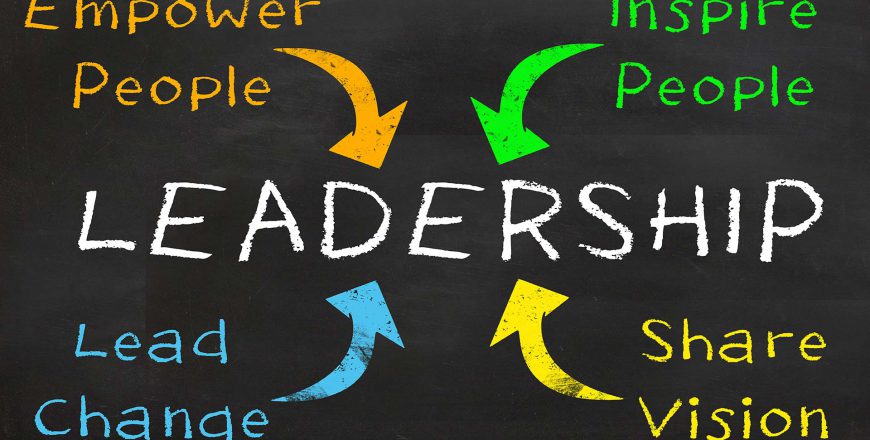The foundations of leadership course can be structured to fit your companies needs at any given time. If you are looking to add quarterly leadership training for one or two days, we can build a customized program based on the different professional development courses:
- Leadership Essentials
- Self-Leadership
- Servant Leadership
- Emotional Intelligence
- Coaching Skills
- Conflict Management
- Critical Thinking
- Performance Appraisals
- Time Management
- Meeting Etiquette
- Developing High Performance Teams
- Purposeful Communication
- DISC Behavior Styles
If you are looking to provide a steady, continuous leadership training to employees, we offer monthly seminar/webinars that allow for someones continued professional development. As leaders, we need to adapt. By joining in our monthly discussions, you can adopt new practices into your daily routine that help propel the employees under you to success.
Leadership first starts with understanding that you are not perfect. You have room to grow, to learn and to listen. By sitting in and learning from others, you take the first step at being a great leader. Learning Alliance can do that for you and the employees you see as future leaders themselves.
On a daily basis, LAC aims for high standards in the workplace. We formulate mini-kaizens to identify problems and work on solutions. We take into account the voice of each employee because they are in the trenches doing the work, and it is our job as leaders to not just show them the way, but to learn from their knowledge and apply it to future solutions.
If you join us and our instructor, Aaron Bolton, for our foundations of leadership, you will find yourself a different person in a way you would not expect. Going from employee, to boss, to leader takes growing pains and acceptance. Let us be there with you during your journey!

